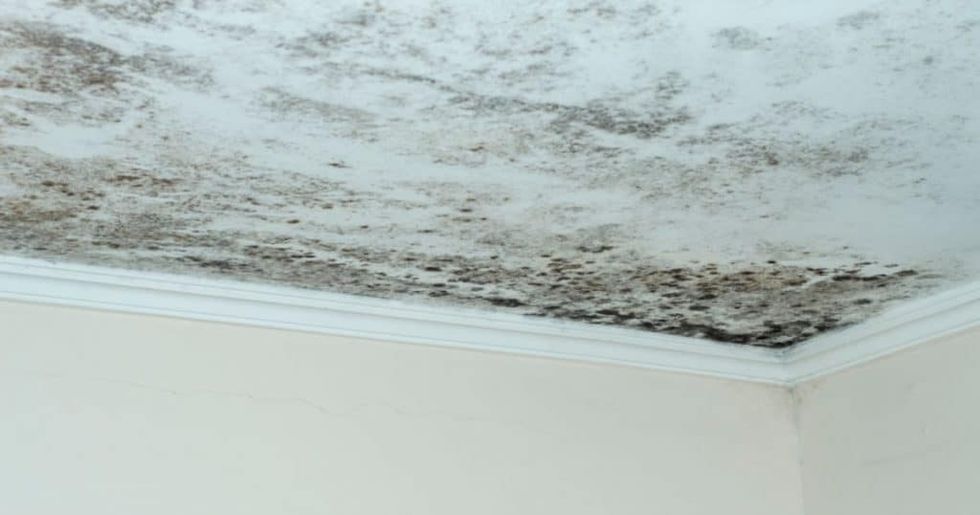In recent years, the art world has witnessed a fascinating phenomenon - the increasing global recognition and appreciation of Korean art. From traditional painting and sculpture to innovative installations and digital art, Korean artists are captivating audiences worldwide with their unique blend of ancient traditions and contemporary creativity. The influence of Korean pop culture, coupled with the increasing visibility of Korean artists in international exhibitions and auctions, has significantly contributed to this rising popularity. This article delves into the historical roots of Korean art, its diverse forms, its impact on the global art market, and its promising future. Join us as we explore the captivating world of Korean art.
The History of Korean Art
Early Korean Art
Korean art, rich in history and culture, has its roots dating back to ancient times. The country's artistic heritage, with its unique aesthetics and techniques, has been meticulously preserved and passed down through generations.
Modernization of Korean Art
The 20th century brought a wave of modernization to Korean art. Artists began experimenting with different styles, mediums, and forms, integrating western techniques while maintaining traditional themes and elements.
The Emergence of Korean Art on the Global Scene Influence of K-pop and K-dramas
The global influence of Korean pop culture, popularly known as the Hallyu wave, has played a significant role in promoting Korean art. The widespread popularity of K-pop and K-dramas has piqued international interest in Korean aesthetics and design, leading to an increased appreciation for Korean art.
International Exhibitions and Auctions
Korean art has been gaining recognition in international exhibitions and auctions. Esteemed platforms like Sotheby's and Christie's have featured works by Korean artists, further elevating their global status.
Understanding Korean Art Forms
Traditional Korean Painting
Traditional Korean painting carries a distinctive charm, characterized by naturalistic themes and delicate brushwork. These paintings, often created on silk or paper, illustrate the artists' profound connection with nature and their surroundings.
Sculpture and Installations
Modern Korean artists have demonstrated mastery over various forms, including sculpture and installations. The innovative use of materials and space has added a new dimension to the Korean art scene.
Digital Art
The advent of digital technology has given rise to digital art, a genre in which Korean artists are excelling. Their works often incorporate traditional themes, presented through modern digital mediums.
The Impact of Korean Art on the Art Market
The Korean Art Market
The Korean art market has seen a significant rise in recent years, with both local and international collectors showing keen interest. The increasing value of Korean art pieces is a testament to their growing popularity. Check out https://www.kaesongcollection.com/ for some magnificent pieces.
The Global Art Market
The global art market has warmly welcomed Korean art, acknowledging its unique aesthetics and cultural depth. This recognition has solidified Korea's position on the global art stage.
The Future of Korean Art
Continuing Globalization
As the popularity of Korean art continues to rise, its influence is expected to continue to spread globally. The international art community eagerly awaits the new heights Korean art will reach in the coming years.
Technological Advancements
Technological advancements, especially in digital art and virtual reality, are opening new avenues for Korean artists. By seamlessly integrating traditional elements with modern technology, they are creating groundbreaking art pieces that capture the interest of a global audience.
Conclusion
In conclusion, the rising popularity of Korean art is an exciting development in the global art scene. The unique blend of traditional and modern, coupled with the influence of vibrant Korean pop culture, has propelled Korean art to new heights. With the continued global interest and technological advancements, the future of Korean art looks promising indeed.



















